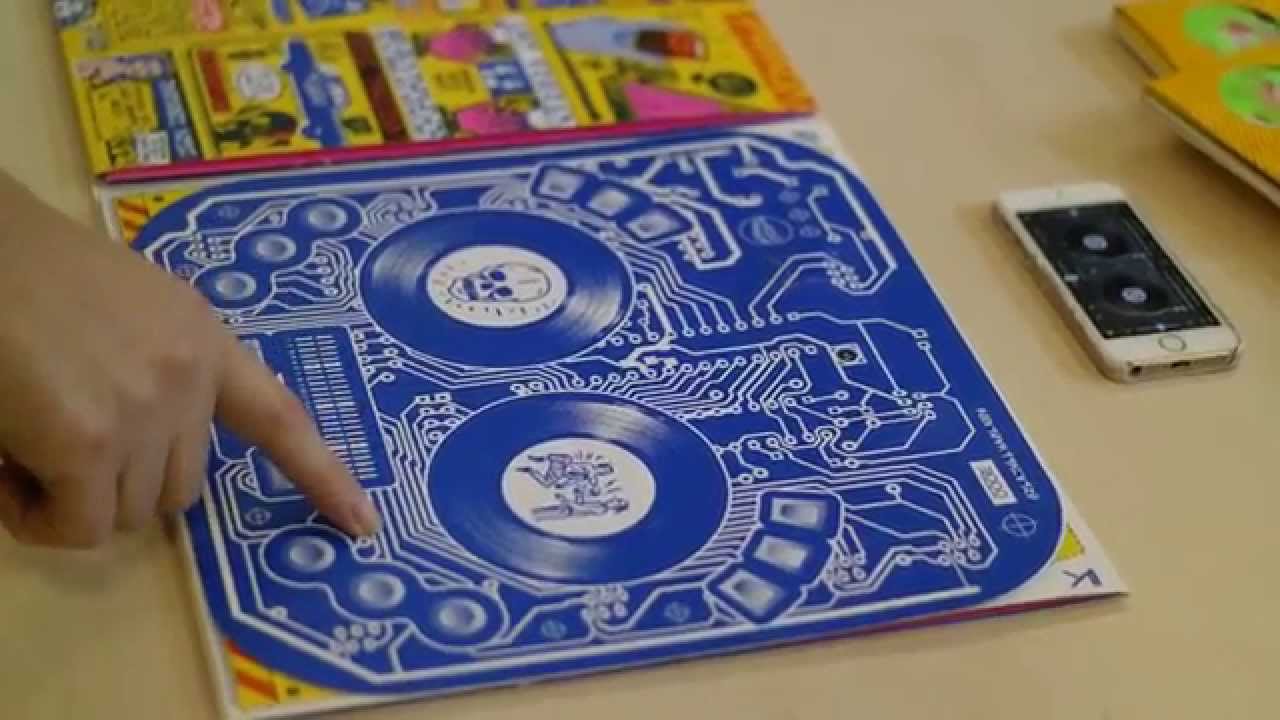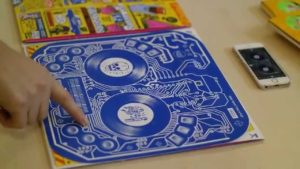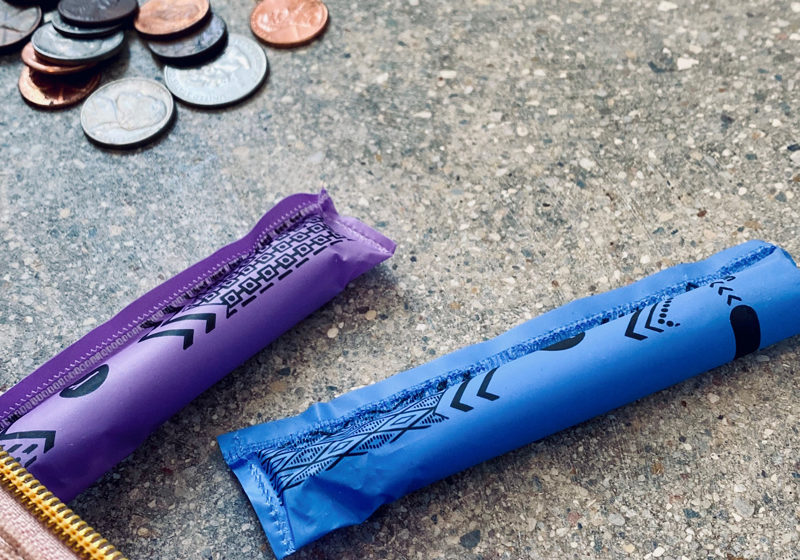
Album Covers and Force Fields
Once, quite a long time ago to be sure, I coveted three things in life: the Kiss album “Rock and Roll Over,” my banana-seat bike and anything and everything related to Star Wars. Back in that time of analog disconnectedness, hours could be whiled away tracing album art and imagining what it would be like to have an android as a friend.

Novalia, in collaboration with DJ QBert, are creating futuristic vinyl records. Image and full story here: http://www.novalia.co.uk/portfolio/dj-qbert-interactive-dj-decks/
It’s funny how things have come full circle.
I’ve often thought that in our hyper-digital, alphabet-soup age, the more interfaces start to disappear, the more real-world objects become precious.
We’ve talked about the impact of mobile devices on people’s lives in the past few posts. Add in FOMO and virtual reality, and the picture that’s being painted is murky: always on, always connected and always distracted.
But, unexpectedly, it turns out that in a 2014 survey from Mintel, 69 percent of consumers say that they need to disconnect or take a break from the Internet. Surprising, isn’t it? Is this time away an opportunity for brands to offer a platform for people to explore their creativity?
Conductive ink pioneer Novalia recently stepped into this space by creating an interactive album cover that enables people to be a DJ. When the album cover is touched, it connects to an iPhone via Bluetooth to transmit sound. The sound can then be mixed, scratched or faded using the controls on the cover.
Transforming packaging into a creative platform may seem like a stretch, but giving people a way to have fun and express themselves is the very definition of brand utility. When the cost of creating packaging like this comes down, smart brands will take advantage of these types of interactions.
Now that playtime is over and we are ready to jump back into the digital stream, let’s move on to that force field.
Imagine being able to feel an object without touching it. Think about that: feeling without touching. Sound like magic? It’s called haptics, and it’s being used to make invisible connections feel real.
Ultrahaptics, located in the U.K., has been creating invisible interfaces with objects. While it might not sound that unique, they are using ultrasound to create waves of motion in the air that provide the illusion of feeling something. They will be demonstrating the tech as part of an upcoming exhibit, called “Tate Sensorium,” at the Tate Britain later this month.
Why would this matter? The Futures Company Monitor reports that 75 percent of consumers are more likely to recommend a brand because it provides simpler experiences or communication. Imagine being able to get more information about a product in a store just by waving your hand. Sounds magical, no?
Album covers made with conductive ink and force fields from ultrasound—while it’s not quite the Star Wars future I had imagined as a child, it feels like we are getting much closer to it.
Remember to take a break from the Internet at some point today, go for a bike ride and rock out with Kiss. Just be sure your robot is set to clean your house while you are away.




